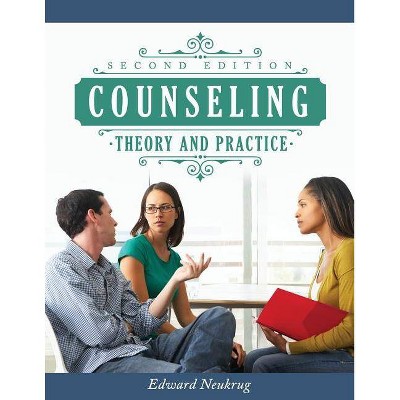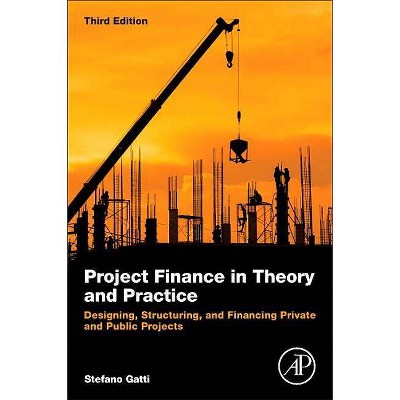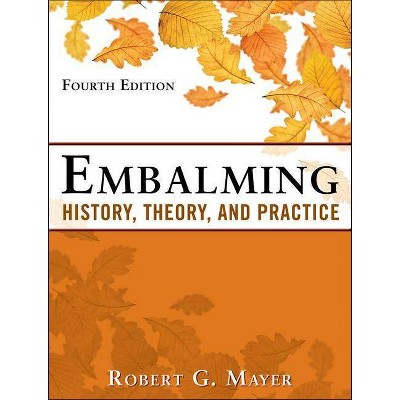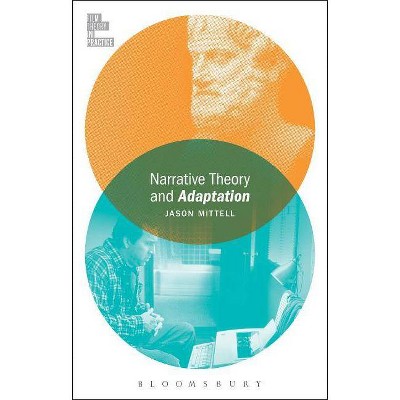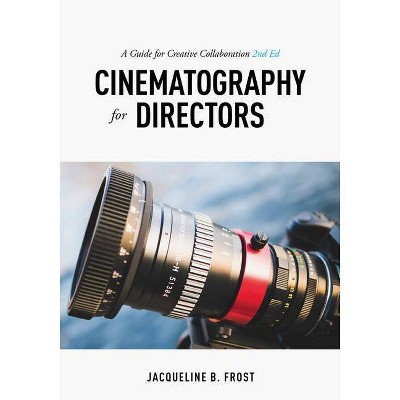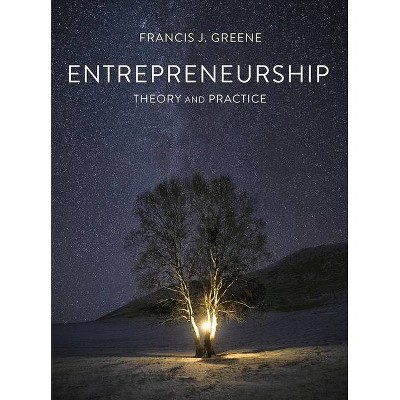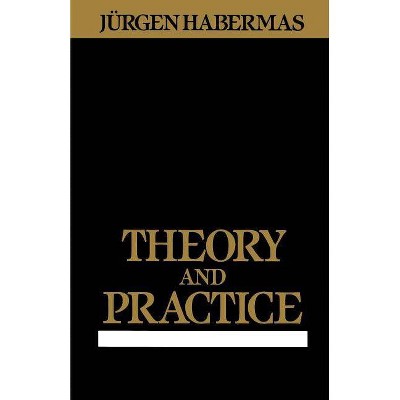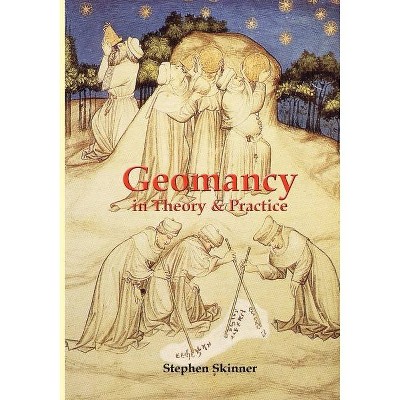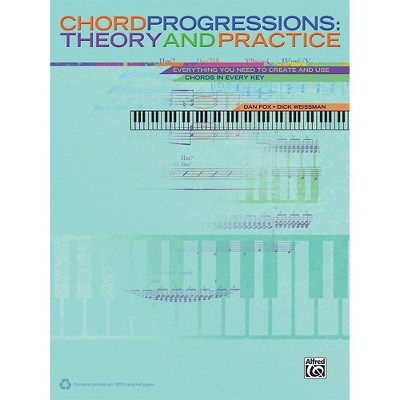Cinematography: Theory and Practice - 3rd Edition by Blain Brown (Paperback)
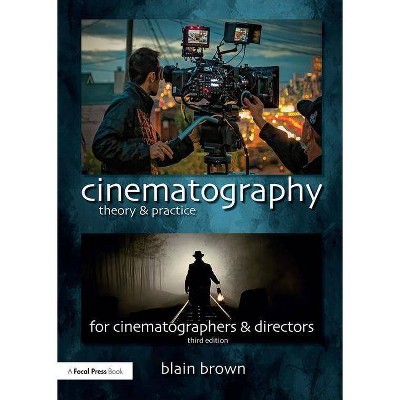
Similar Products
Products of same category from the store
AllProduct info
<p/><br></br><p><b> About the Book </b></p></br></br><p>The world of cinematography has changed more in the last few years than it has since it has in 1929, when sound recording was introduced. New technology, new tools and new methods have revolutionized the art and craft of telling stories visually. While some aspects of visual language, lighting and color are eternal, shooting methods, workflow and cameras have changed radically. Even experienced film artists have a need to update and review new methods and equipment. These change affect not only the director of photography but also the director, the camera assistants, gaffers, and digital imaging technicians.</p><p>Cinematography: Theory and Practice covers both the artistry and craftsmanship of cinematography and visual storytelling. Few art forms are as tied to their tools and technology as is cinematography. Take your mastery of these new tools, techniques, and roles to the next level with this cutting-edge roadmap from author and filmmaker Blain Brown.</p><p>Whether you are a student of filmmaking, just breaking into the business, currently working in the industry and looking to move up to the next level, or an experienced professional who wants to update their knowledge of tools and techniques, this book provides both a basic introduction to these issues as well as more advanced and in-depth coverage of the subject.</p><p>The companion website (www.routledge.com/cw/brown) features additional material, including lighting demonstrations, basic methods of lighting, using diffusion and other topics.</p><p>Topics Include: </p><ul> <p> </p> <li>Visual language </li> <li>Visual storytelling </li> <li>Continuity and coverage </li> <li>Cameras and digital sensors </li> <li>Exposure techniques for film and video </li> <li>Color in-depth </li> <li>Understanding digital images </li> <li>Waveform monitors, vectorscopes, and test charts </li> <li>Using linear, gamma, and log encoded video </li> <li>Image control and grading on the set </li> <li>The tools and basics of film lighting </li> <li>ASC-CDL, ACES and other new methods </li> <li>Optics and focus </li> <li>Camera movement </li> <li>Set operations </li> <li>Green screen, high speed and other topics</li> <p/><br></br><p><b> Book Synopsis </b></p></br></br><p> The world of cinematography has changed more in the last few years than it has since it has in 1929, when sound recording was introduced. New technology, new tools and new methods have revolutionized the art and craft of telling stories visually. While some aspects of visual language, lighting and color are eternal, shooting methods, workflow and cameras have changed radically. Even experienced film artists have a need to update and review new methods and equipment. These change affect not only the director of photography but also the director, the camera assistants, gaffers, and digital imaging technicians.</p><p>Cinematography: Theory and Practice covers both the artistry and craftsmanship of cinematography and visual storytelling. Few art forms are as tied to their tools and technology as is cinematography. Take your mastery of these new tools, techniques, and roles to the next level with this cutting-edge roadmap from author and filmmaker Blain Brown.</p><p>Whether you are a student of filmmaking, just breaking into the business, currently working in the industry and looking to move up to the next level, or an experienced professional who wants to update their knowledge of tools and techniques, this book provides both a basic introduction to these issues as well as more advanced and in-depth coverage of the subject.</p><p>The companion website features additional material, including lighting demonstrations, basic methods of lighting, using diffusion and other topics.</p><p>Topics Include: </p><ul> <p> </p> <li>Visual language </li> <li>Visual storytelling </li> <li>Continuity and coverage </li> <li>Cameras and digital sensors </li> <li>Exposure techniques for film and video </li> <li>Color in-depth </li> <li>Understanding digital images </li> <li>Waveform monitors, vectorscopes, and test charts </li> <li>Using linear, gamma, and log encoded video </li> <li>Image control and grading on the set </li> <li>The tools and basics of film lighting </li> <li>ASC-CDL, ACES and other new methods </li> <li>Optics and focus </li> <li>Camera movement </li> <li>Set operations </li> <li>Green screen, high speed and other topics</li> <p/><br></br><p><b> Review Quotes </b></p></br></br><br><p><strong>"It's been a painful transition from film to digital for many cinematographers. Brown takes the mystery out of it and presents the technical aspects of this change seamlessly. It is, after all, about art!"</strong></p> <p>- Judy Irola, ASC, Conrad Hall Chair in Cinematography and Color Timing, USC School of Cinematic Arts</p> <p></p> <p><strong>"As a practicing cinematographer who also teaches, I consider <em>The Filmmaker's Guide to Digital Imaging</em> essential reading for my students. Blain Brown demystifies the technical processes of digital cinematography from the most basic to the more complex. Given the recent rapid development in this field, working professionals too will find this is a must-have guide. I'm one of them."</strong></p> <p>- Anthony Jannelli, Head of Graduate Cinematography, Tisch School of the Arts, New York University</p><br><p/><br></br><p><b> About the Author </b></p></br></br><p><strong>Blain Brown</strong> was educated at C.W. Post College; M.I.T. and Harvard Graduate School of Design. He began in New York as a commercial still photographer before starting in the film business. After working as a gaffer, be became a cinematographer doing primarily commercials and music videos. After completing his first feature film, he moved to Los Angeles where he has been Director of Photography on 14 feature films as well as national commercials, promotional films, industrials, music videos and documentaries. He has worked in many states in the U.S. as well as Mexico, Canada, India, Italy, France, the Philippines and Jordan. His experience includes 35mm and 16mm projects, as well as 24P High Def, DigiBeta, BetaSP and DV. He has completed projects as a director, editor and screenwriter; with three screenplays produced. He has also taught courses in storytelling and visual communication. As a Director of Photography specializing in features and commercials, he is now based in Los Angeles. His books include <em>A Sense of Place; Motion Picture and Video Lighting</em> and <em>The Filmmaker's Pocket Reference</em>. His work can be seen at www.BlainBrown.com.</p>
Price History
Price Archive shows prices from various stores, lets you see history and find the cheapest. There is no actual sale on the website. For all support, inquiry and suggestion messages communication@pricearchive.us
